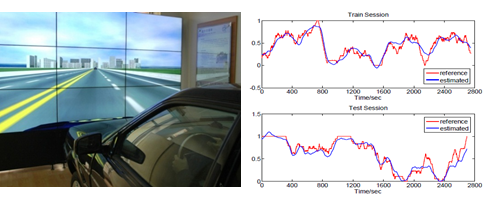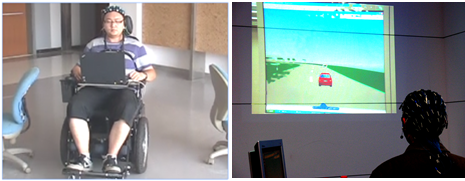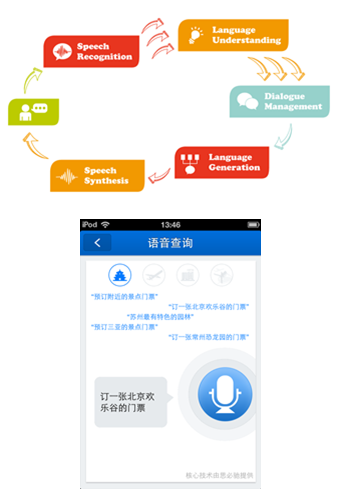The long-term goal of the Institute of Intelligent Human-Computer Interaction is to explore the mechanism of the intelligent information processing and the cognitive process in the human brain, provide new computational structure and algorithm of intelligent information processing and develop natural and friendly human-computer interaction system. Currently there are 10 teachers and more than 90 postgraduate students in the institute, which is headed by Professor Lu Baoliang. Researches of the institute are mainly on brain-like computing theory, cognitive computing theory, neural networks, statistical machine learning, pattern recognition, computer vision, computational biology and bioinformatics, speech and language information processing, brain-computer interface, data mining, information retrieval, information extraction, machine translation, Chinese input method, fatigue detection, emotion recognition, brain function rehabilitation, cognitive human-machine interaction, intelligent human-machine conversation, etc.
Since its foundation in 2002, the Institute of Intelligent Human-Computer Interaction has led a number of key research projects of the state or regional level, including projects from the 973 Program and the 863 Program, NSFC key projects and Shanghai Science and Technology Commission key projects. Over 60 papers have been published in top journals and conferences at home and abroad. Multimodal fatigue driving detection system, EEG-based brain function rehabilitation system and cognitive intelligent human-machine spoken dialogue system are all representative achievements of the institute. The institute has all along maintained research cooperation and academic exchange with many renowned universities and research institutions such as the Brain Science Institute of RIKEN, University of Cambridge, Technische Universit?t Berlin, Kyoto University and InfoCom Research Inc.
The brain-computer interface technology and research achievements concerning wheelchair control and fatigue driving detection were widely reported by domestic and foreign media, including CCTV, Dragon TV, Wen Hui Bao, the Guardian, etc.
Multimodal Fatigue Driving Detection System based on Brain-Machine Interaction
The system first acquires signals of EEG, EOG and grip strength and Kinect image, then extracts fatigue-related features from physiological signals and behavior characteristics, builds fatigue detection model with machine learning method, and eventually measures and forecasts drivers’ fatigue state. Compared to traditional fatigue detection method based on video, this system has improved the accuracy and reliability of fatigue detection. It not only can provide an accurate and reliable fatigue detection technology for high-speed train drivers and long-distance bus drivers, but also can be applied to any task that needs real-time detection of operators’ fatigue state.

EEG-Based Brain-Machine Interaction Technology and Brain Function Rehabilitation System
This system reads the body movement intentions in the cortex with brain-machine interaction technology and provides visual, audio and tactile feedbacks. Using functional electrical stimulation, it prompts the body and thus establishes an active body movement control loop and enhances the rehabilitation effects of motor function. The system incorporates EEG pattern recognition module, online visual monitoring module, system self-adaption module and multimodal neurofeedback system. Clinical experiments have proved that the benefits of the system are clear to the motor ability of patients with stroke.

Cognitive Intelligent Human-Machine Spoken Dialogue System
This system adopts technologies of large vocabulary continuous speech recognition, parametric statistical synthesis, statistical semantic comprehension and context-based inference and dialogue management. It builds an intelligent self-adaptive and error-correcting human-machine spoken dialogue system that can provide real-time feedback. The prototype of the system won the championship of controlled testing in the first International Speech Dialogue System Challenge. Related technologies like the technology of speech recognition, synthesis and comprehension and dialogue control have been industrialized for mobile internet applications and widely used in major telephone speech assistants and by developers of speech applications.
